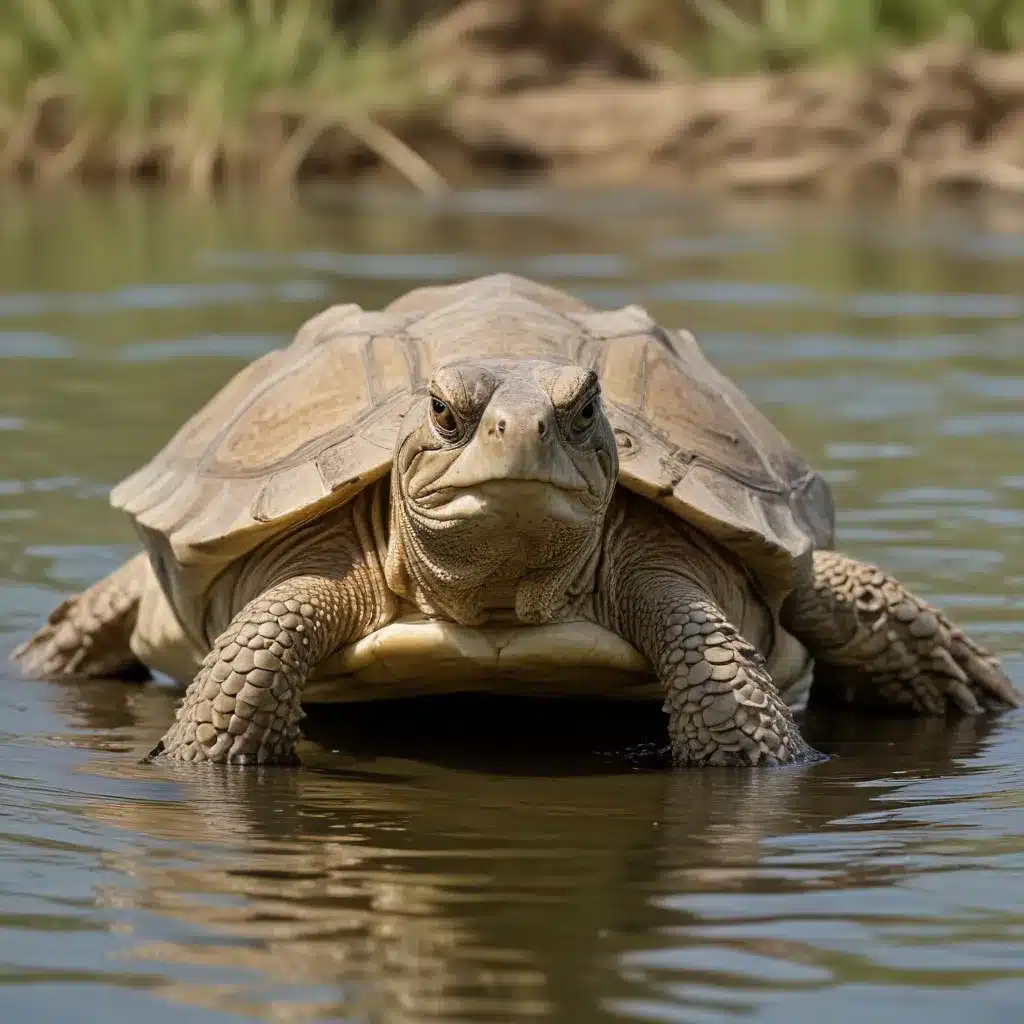
Unraveling the Mysteries of Aquatic Reptiles
Aquatic chelonians, commonly known as aquatic turtles, are a fascinating group of reptiles that have captured the imagination of nature enthusiasts and pet owners alike. These captivating creatures, with their unique adaptations and behaviors, offer a glimpse into the intricate and often misunderstood world of aquatic reptiles. In this comprehensive article, we will delve into the intricacies of aquatic chelonian care, breeding techniques, and the legal considerations surrounding the ownership and sale of these remarkable animals.
Aquatic Chelonian Species and Their Care Requirements
The aquatic chelonian family encompasses a diverse array of species, each with its own distinct characteristics and care requirements. From the majestic red-eared slider to the enigmatic spotted turtle, understanding the unique needs of these reptiles is paramount for their health and well-being.
Habitat and Housing: Aquatic chelonians require specialized housing that mimics their natural aquatic environments. This typically involves a combination of a water-filled enclosure and a dry basking area. Maintaining the appropriate water temperature, depth, and filtration is crucial for these reptiles to thrive. Additionally, providing suitable substrate, hiding spots, and basking platforms is essential for their overall well-being.
Nutrition and Feeding: Aquatic chelonians are primarily omnivorous, with a diet that includes both plant-based and animal-based components. A balanced and varied diet is essential for their growth, development, and overall health. Incorporating a mix of leafy greens, aquatic plants, insects, and specially formulated turtle pellets can help ensure these reptiles receive the necessary nutrients.
Health and Veterinary Care: Regular veterinary check-ups and preventative care are vital for the long-term health of aquatic chelonians. Monitoring for signs of illness, such as respiratory infections or shell abnormalities, and addressing any issues promptly is crucial. Proper husbandry, including appropriate lighting, water quality, and feeding, can also help prevent common health problems in these reptiles.
Breeding Techniques for Aquatic Chelonians
Breeding aquatic chelonians can be a rewarding and challenging endeavor for experienced reptile enthusiasts. Understanding the nuances of their reproductive cycles, environmental cues, and parental care is essential for successful breeding programs.
Reproductive Cycles: Aquatic chelonians exhibit distinct reproductive cycles that are influenced by various environmental factors, such as temperature, photoperiod, and water conditions. Monitoring these cues and providing the appropriate conditions can help facilitate successful breeding.
Nesting and Egg Incubation: Aquatic chelonians typically lay their eggs on land, often in specific nesting sites. Providing suitable nesting substrates and maintaining the correct temperature and humidity during incubation is crucial for the successful hatching of viable offspring.
Hatchling Care and Rearing: Newly hatched aquatic chelonians require specialized care and attention. Proper housing, feeding, and environmental conditions are essential for their growth and development into healthy, thriving adults.
Legal Considerations for Aquatic Chelonian Ownership and Sale
The ownership and sale of aquatic chelonians are subject to various legal regulations and requirements, which vary depending on the specific species and the location. It is crucial for reptile enthusiasts and breeders to familiarize themselves with the applicable laws and regulations to ensure compliance.
Species-Specific Regulations: Some aquatic chelonian species may be considered endangered or threatened, and their possession and trade may be subject to strict regulations or even prohibitions. Researching the legal status of the species you are interested in is essential before engaging in any ownership or breeding activities.
Licensing and Permits: Depending on your location and the species involved, you may be required to obtain specific licenses or permits for the ownership, breeding, and sale of aquatic chelonians. Familiarizing yourself with the local and state/provincial regulations is crucial to ensure compliance.
Record-Keeping and Traceability: Many jurisdictions require detailed record-keeping for the ownership and sale of aquatic chelonians. Maintaining accurate records of the animals in your possession, their origins, and any transactions can help demonstrate compliance with the applicable laws and regulations.
By understanding the care requirements, breeding techniques, and legal considerations surrounding aquatic chelonians, reptile enthusiasts and breeders can responsibly navigate the captivating world of these remarkable reptiles. Staying informed and adhering to best practices can not only ensure the well-being of these animals but also contribute to the conservation and responsible management of aquatic chelonian populations.
Responsible Ownership and Stewardship
Owning and caring for aquatic chelonians comes with a significant responsibility. These reptiles have complex needs and require a dedicated commitment from their caretakers. As a responsible reptile enthusiast or breeder, it is essential to prioritize the health and well-being of these animals above all else.
Ethical Acquisition and Sourcing: When acquiring aquatic chelonians, it is crucial to ensure that they are obtained from reputable and ethical sources. Avoid supporting the illegal wildlife trade or unscrupulous breeders, and instead, seek out licensed and responsible providers who prioritize animal welfare.
Ongoing Care and Enrichment: Providing high-quality care and enrichment throughout the lifespan of aquatic chelonians is a crucial aspect of responsible ownership. This includes maintaining optimal environmental conditions, offering a varied and balanced diet, and engaging the animals in activities that stimulate their natural behaviors.
Responsible Breeding and Conservation: For those interested in breeding aquatic chelonians, it is essential to approach this endeavor with a deep understanding of the species’ biology and a commitment to ethical and sustainable practices. Prioritizing the well-being of the animals, maintaining genetic diversity, and contributing to conservation efforts can help ensure the long-term viability of these remarkable reptiles.
Retirement and Rehoming: In the event that an owner can no longer provide the necessary care for their aquatic chelonian, it is crucial to seek responsible retirement or rehoming options. This may involve working with reputable rescue organizations or finding suitable new homes for the animal, ensuring its well-being is prioritized.
By embracing the principles of responsible ownership and stewardship, reptile enthusiasts and breeders can contribute to the long-term conservation and welfare of aquatic chelonians. Through a combination of technical expertise, ethical practices, and a deep appreciation for these captivating creatures, we can foster a thriving and sustainable community of aquatic reptile enthusiasts.
Explore our website for more information on exotic reptile care, breeding, and legal requirements.

